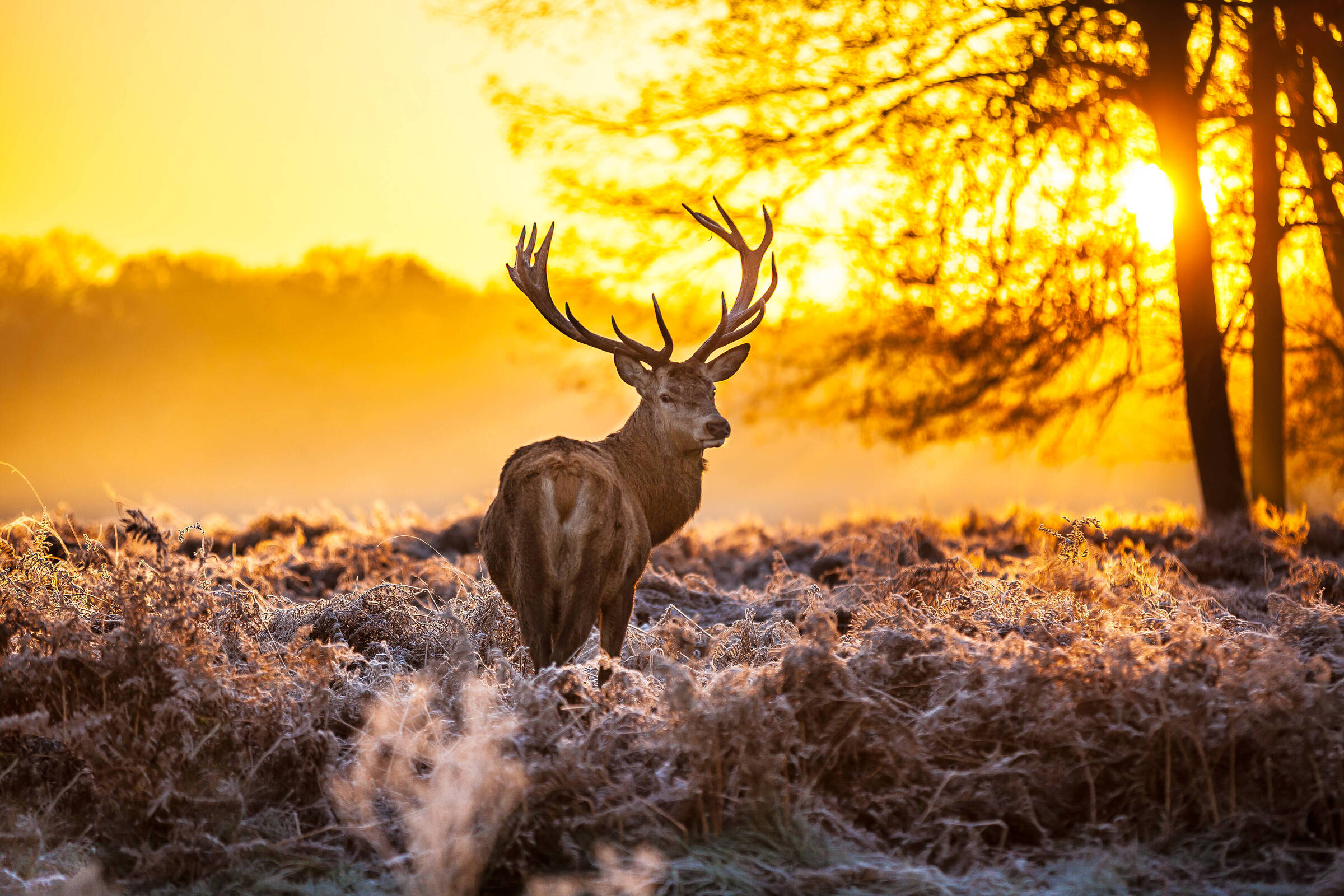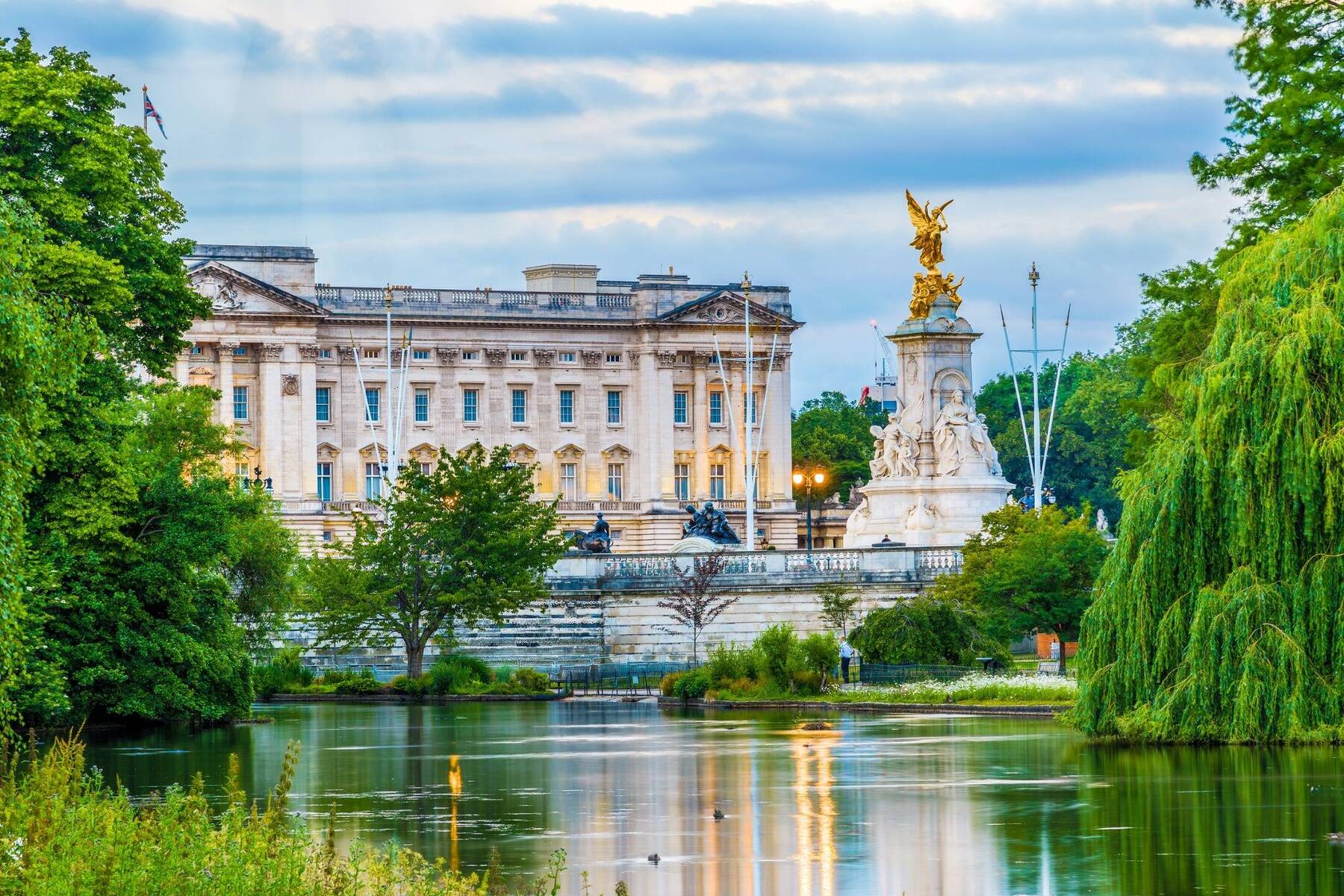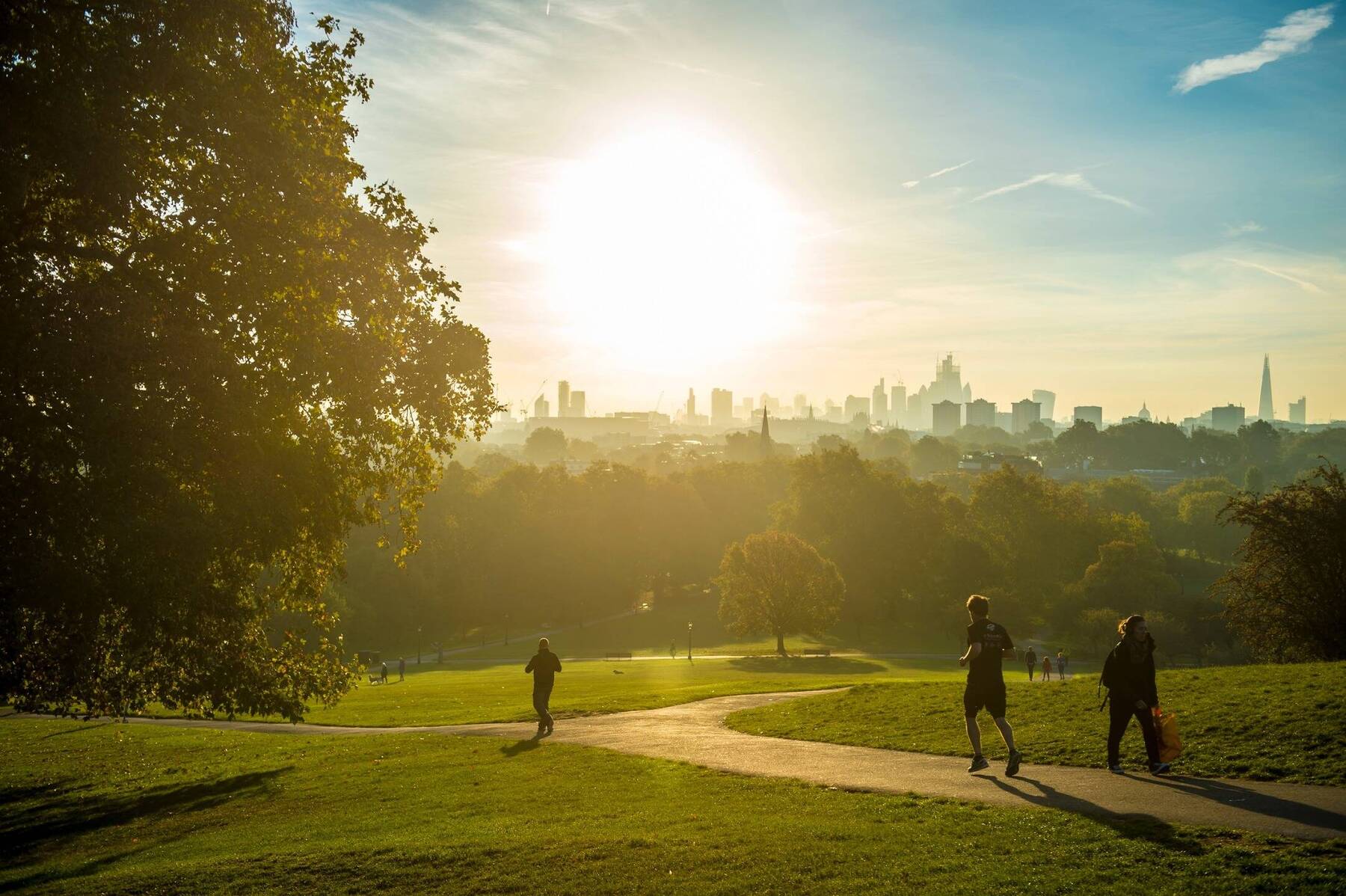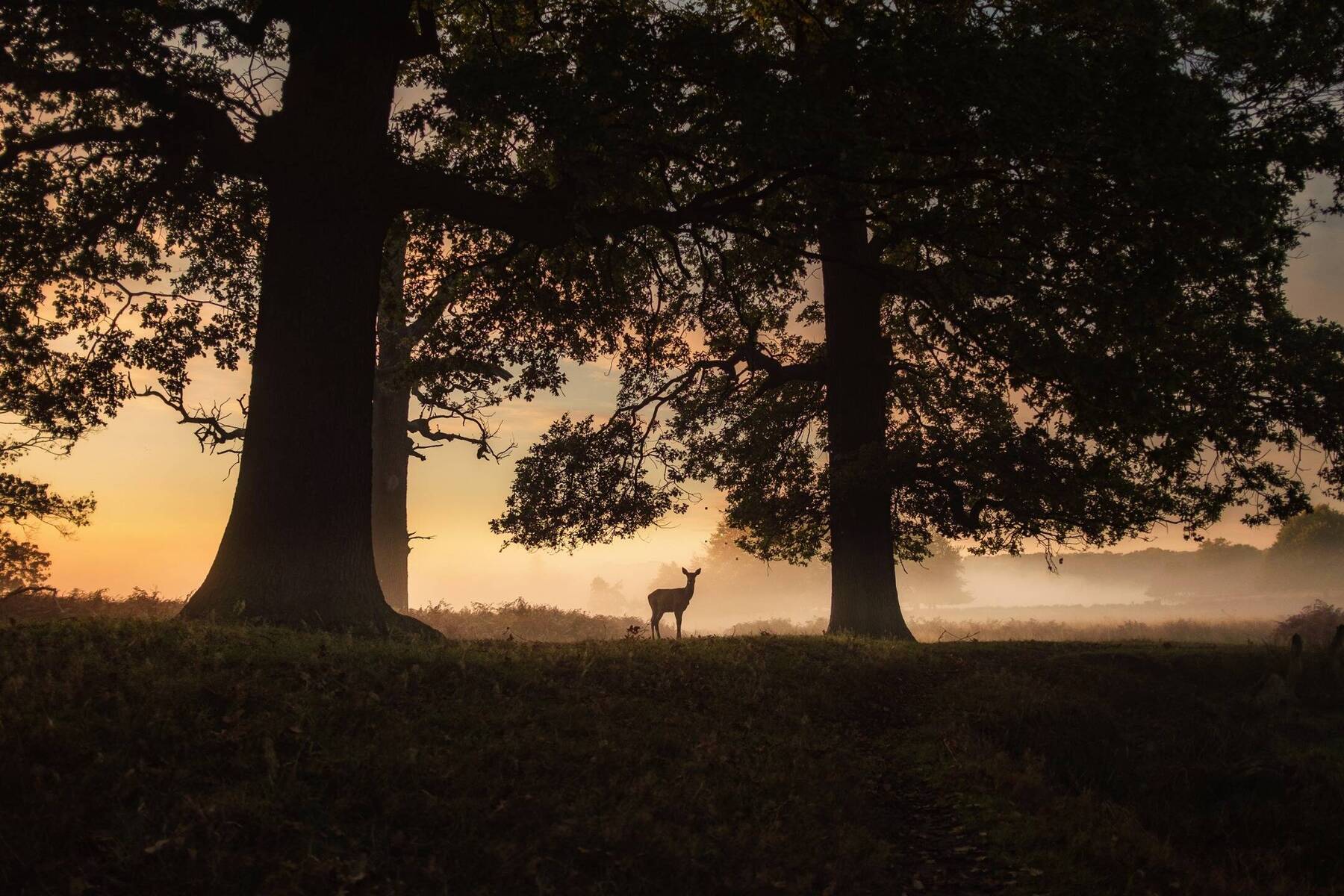Hyde Park
From Mayfair’s dazzling jewellers and the flagship stores that line Old Bond Street to Harrods and the high-end boutiques of Knightsbridge, Hyde Park sits in the middle of two of London’s most fashionable neighbourhoods. Enter at Marble Arch to see what’s going on at Speakers’ Corner, which has been a site for public speeches and lively debates since the mid-1800s, and continue south towards a fragrant Rose Garden that bursts into colourful bloom each summer. If the weather’s warm, you can always cool off at the Serpentine Lido – the 100m open-air pool is beloved by locals. However, if you are feeling slightly less energetic, explore other sections of the lake in a rowing boat or follow the path of the Princess Diana Memorial Fountain as part of a signposted memorial walk.























Comments